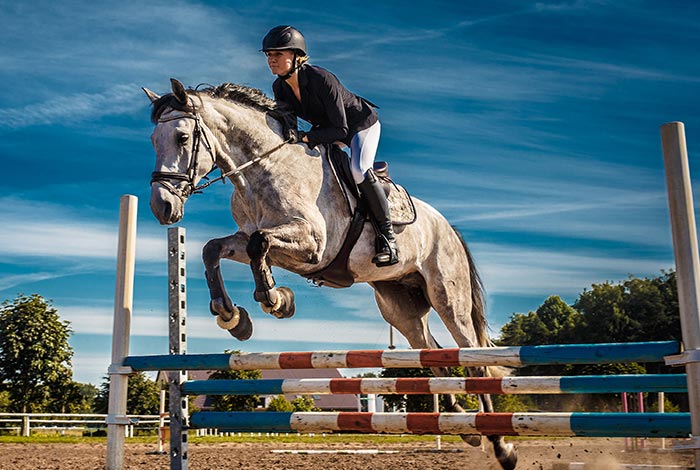Where your shoulder blade meets your collarbone is a joint called the acromioclavicular joint (ACJ). Damage to the ACJ can occur if you fall heavily onto your shoulder or as a result of a blow or collision. It can also be due to wear and tear. ACJ injuries are graded from 1 to 3. Most grade 1 and 2 injuries resolve by themselves in time with careful management, however grade 3 injuries sometimes require surgery.
Causes of ACJ Injuries
ACJ injuries are common in certain types of contact sports, such as rugby and martial arts as well as sports that carry a high risk of falls like horse riding or skiing. When you damage your ACJ as the result of an accident, the shoulder and arm are wrenched away from the collarbone causing damage to the ligaments that support the joint. Alternatively, if you suffer a wear and tear injury, you may experience worsening pain around the top of your shoulder over time and loss of mobility in the joint.
Symptoms of ACJ Injuries
An ACJ injury causes shoulder or arm pain which can be severe. You may develop a bump, swelling or bruise in the affected area and your arm and shoulder may feel weak with limited mobility. It may be hard to lie on the affected side and you may hear a popping sound when you move your shoulder. The pain and discomfort may make it hard to perform everyday activities such as lifting your arms above your head or reaching across your body.
In a type 1 injury the ligaments around the ACJ may be sprained or stretched, while in a type 3 injury the surrounding ligaments are torn and there is a complete separation of the collarbone from your shoulder blade.
Diagnosis of ACJ Injuries
If you are diagnosed with an ACJ you may have a history of falls onto your shoulder. After a physical examination you will be given an X-ray to grade the severity of the injury. This will determine what sort of treatment you receive.
Treatment of ACJ Injuries
For grade 1 and 2 ACJ injuries, the normal treatment is rest, painkillers and ice packs to allow the injury to heal by itself. For more severe injuries or if the ACJ fails to heal following conservative treatment then surgery may be required to repair or reconstruct the ACJ. In some cases, the best approach may be to trim the bones while for more serious injuries an artificial ligament or tendon graft may be needed. The procedure can be performed arthroscopically (keyhole surgery) or using conventional open surgery.
Failing to treat a damaged ACJ can lead to serious complications including a collarbone fracture, rotator cuff damage or shoulder arthritis so it is important to diagnose and treat this type of injury.
OUR CONSULTANTS
We are an experienced and highly qualified team of orthopaedic surgeons using the latest surgical and non-surgical techniques to eliminate or reduce pain so our patients can experience the best possible quality of life.
BOOK A CONSULTATION
Whether you have an existing diagnosis or you are keen to discover what is causing your symptoms, contact us to arrange a consultation. We can organise any tests you require and discuss your treatment options.
What Our Patients Say

